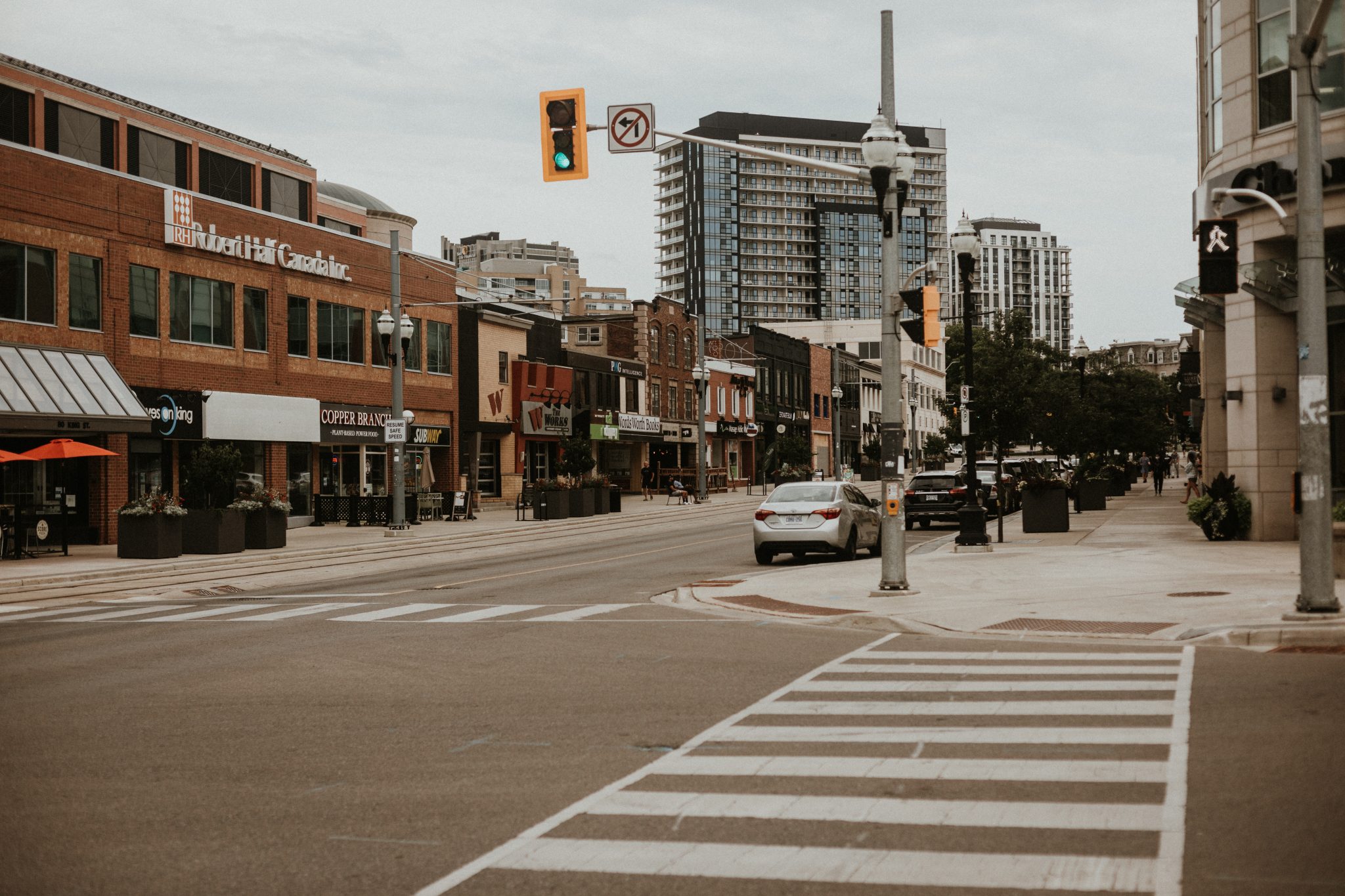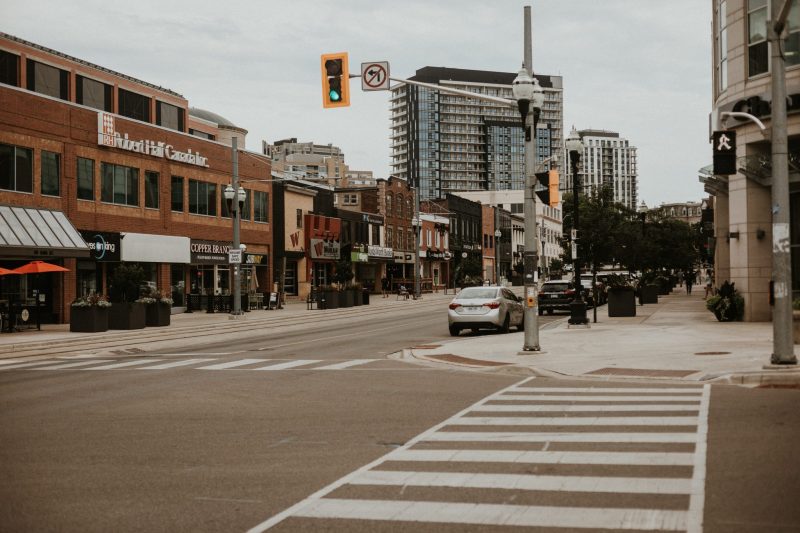Local exhibit showcases Waterloo’s distinct history


The first thing you’ll notice about the main gallery of Waterloo Region’s Ken Seiling Museum is the light up “For the People” sign hanging from the ceiling.
While the sign is referring to food cultivation in Waterloo, it’s a sentiment that applies to the entire gallery. Laid out like a walkthrough the region’s human history, the museum guides you through the many communities and trends involved.
Videos featuring immigrants play from the initial exhibit, offering insight into the different reasons people have come to Waterloo. For some, it was a sanctuary — such as escaped slaves from the United States in the 1850s and displaced persons from Europe after World War II. For war brides during WWII, the move was a matter of love for their husbands.
A screen explains discrimination was everpresent — namely in 1885 when Chinese Immigrants were required to pay a Head Tax.
Struggle, as you’ll find, was universal for newcomers, although the specifics varied. For instance, another exhibit features a 100 foot surveyor’s chain used in 1880 by other settlers to transform forests in Waterloo for farming.
Old photographs of Waterloo Park and other natural landmarks of the region illustrated the rampant deforestation concerns that arose. An explanation of how current practices aim to preserve the land offers an appreciation for the changes, as well as recognition of why the deforestation happened.
Attendees will be drawn to the Indigenous communities exhibit; a vibrant collection of shell jewelry, tools, axes and more. It details the Neutral First Nation people, who were the first evidence of people in the region and mediators for opposing North American tribes. The exhibit’s artifacts are from a small village in Kitchener’s Huron Natural Area, where the population was able to hunt, fish, and gather berries.
Upon exploring the exhibit, you’ll notice that it’s vast. It has to be, to capture the range of Indigenous history in the region. For instance, traditions of the Six Nations People, who currently reside south of Waterloo, live on at the St. Paul’s University College Aboriginal Centre.
The rest of the gallery highlights communities from the Pennsylvanian Mennonites to German-speaking immigrants, with artifacts reminiscent of their ways of life. My personal favourite; a selection of cups from the Oktoberfest celebration in Waterloo, shows the cultural impact of settlers.
What the exhibits do well is demonstrate what caused so many settlers to choose Waterloo. Scottish people were intrigued by articles written by William Dickson, who promoted Canadian immigration in the 1830s. Women from Newfoundland, on the other hand, worked at mills in the region after WWII, and their families wanted to keep close ties.
Gas masks and photos of military graves in Kitchener accompany descriptions of Waterloo’s involvement in both world wars. Exhibits focus on the region’s labour force efforts, while also serving as a reminder of the soldiers who fought for peace.
Believe it or not, that’s just a portion of the Ken Seiling Museum’s main gallery. Its abundance of information reflects the rich history of Waterloo.

